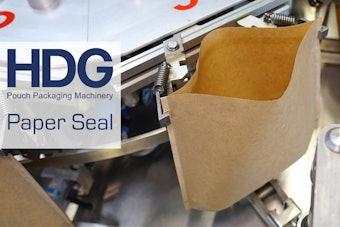Sales rose $1.3 billion from 2005. Growth surged in drugstores and was also strong in specialty stores and slightly higher in supermarkets. But retailers are fundamentally shifting strategies for marketing their own brands. A recent analysis by Information Resources Inc. cites three areas:
1. Sizable shifts are evident—both increases and decreases—at the category level. Private label’s role and influence have evolved significantly.
2. Value channels—club stores, mass merchandisers, and supercenters—operated for years with a positioning of low prices on branded products. Today, they’re increasing their private-label assortment and capturing increased share.
The shift is bringing about competitive retailer and national-brand development of value-priced brands and extensions, and aggressive, targeted promotion to lower- and middle-income, value-conscious consumers.
3. Specialty retailers like Trader Joe’s and Whole Foods are growing market share by creating distinct private-label brands that attract more affluent consumers who perceive these brands as more sophisticated than traditional retailer brands and even competitive national brands.
Retailers realize they’re in the best position to provide the products their customers want, says Sean Seitzinger, senior vice president of retail solutions at IRI. They see private-label brands as strategic tools to lure customers.
With these developments, retailers are creating more of their own brands than ever and increasing their reliance on contract manufacturing and packaging to introduce new products in inviting packages that turn heads.





















